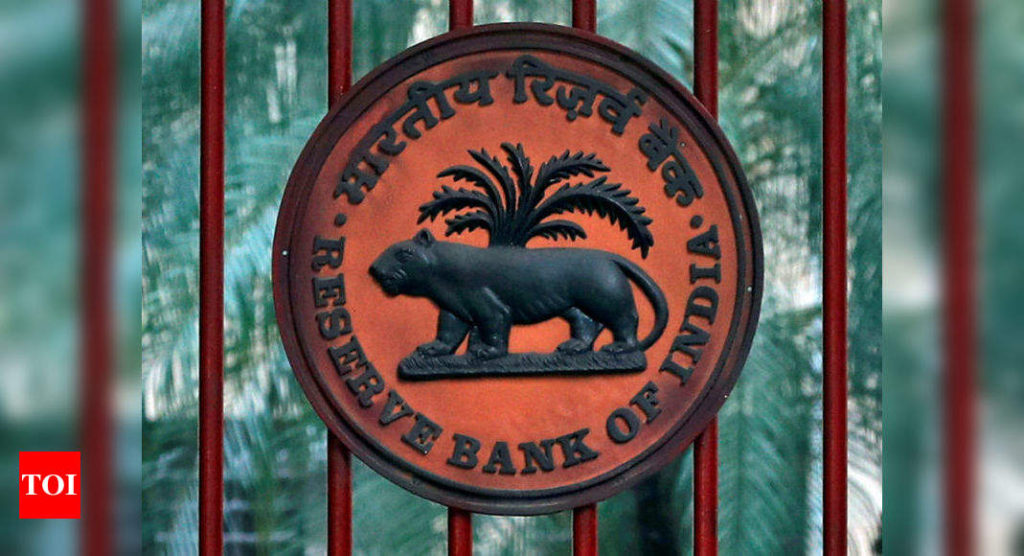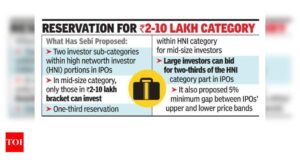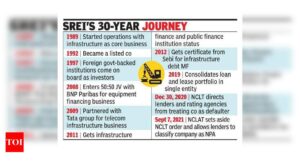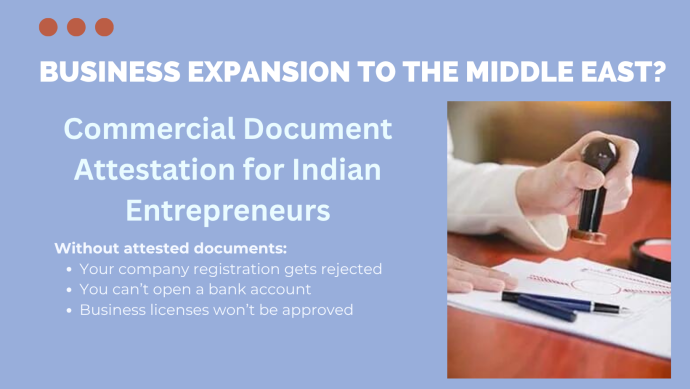RBI operationalises PIDF scheme to boost digital payments – Times of India

[ad_1]
MUMBAI: The Reserve Bank on Tuesday said Payments Infrastructure Development Fund has been operationalised to create 30 lakh new touch points every year for digital payments in Tier-3 to Tier-6 centres.
In June last year, the RBI had announced the creation of Payments Infrastructure Development Fund (PIDF). The fund intended to subsidise deployment of payment acceptance infrastructure in Tier-3 to Tier-6 centres, with special focus on the north-eastern states.
In a statement, the central bank said an Advisory Council (AC), under the chairmanship of RBI deputy governor BP Kanungo, has been constituted for managing the PIDF. It will be operational for a period of three years from January 01, 2021, and maybe extended for two more years, depending upon the progress.
The PIDF presently has a corpus of Rs 345 crore — Rs 250 crore contributed by the Reserve Bank of India and Rs 95 crore by the major authorised card networks in the country.
The target for the PIDF is increasing payments acceptance infrastructure by adding 30 lakh touch points every year – 10 lakh physical and 20 lakh digital payment acceptance devices.
Multiple payment acceptance devices/infrastructure supporting underlying card payments, such as physical PoS, mPoS (mobile PoS), GPRS (General Packet Radio Service), PSTN (Public Switched Telephone Network), and QR code-based payments, will be the types of acceptance devices to be covered under the scheme.
“As the cost structure of acceptance devices vary, subsidy amounts shall accordingly differ by the type of payment acceptance device deployed. A subsidy of 30 per cent to 50 per cent of cost of physical PoS and 50 per cent to 75 per cent subsidy for Digital PoS shall be offered,” the RBI said.
However, payment methods that are not inter-operable would not be considered under the PIDF.
“The objective of PIDF is to increase the number of acceptance devices multi-fold in the country. The Scheme is expected to benefit the acquiring banks/non-banks and merchants by lowering overall acceptance infrastructure cost,” the central bank said.
It further said the initial corpus of the PIDF has to be substantial to initiate pan-India terminalisation and to cover the pay-outs in the first year.
Contributions to the PIDF will be mandatory for banks and card networks.
“The card-issuing banks shall also contribute to the corpus-based on the card issuance volume (covering both debit cards and credit cards) at the rate of Rs 1 and Rs 3 per debit and credit card issued by them, respectively,” the RBI said, adding it should be the endeavour to collect the contributions by January 31, 2021.
Besides the initial corpus, the PIDF will also receive an annual contribution from card networks and card-issuing banks.
The PIDF scheme is on a reimbursement basis and accordingly, the claim has to be submitted only after making payment to the vendor.
The maximum cost of the physical acceptance device eligible for subsidy is Rs 10,000 (including one-time operating cost up to a maximum of Rs 500). The maximum cost of the digital acceptance device eligible for subsidy is Rs 300 (including onetime operating cost up to a maximum of Rs 200).
Other members of the advisory council of PIDF include Sunil Mehta (CEO, IBA), D Nageswara Rao (CGM, DFIBT, NABARD), Vishwas Patel (chairman, Payments Council of India), Shailesh Paul (vice-president and head Merchant Sales and Solutions, Visa), Rajeev Kumar (senior vice-president, Market Development, Mastercard), R Vittal Raj (Chartered Accountant, Kumar & Raj Chartered Accountants), and Ajay Michyari (regional director, RBI).
In June last year, the RBI had announced the creation of Payments Infrastructure Development Fund (PIDF). The fund intended to subsidise deployment of payment acceptance infrastructure in Tier-3 to Tier-6 centres, with special focus on the north-eastern states.
In a statement, the central bank said an Advisory Council (AC), under the chairmanship of RBI deputy governor BP Kanungo, has been constituted for managing the PIDF. It will be operational for a period of three years from January 01, 2021, and maybe extended for two more years, depending upon the progress.
The PIDF presently has a corpus of Rs 345 crore — Rs 250 crore contributed by the Reserve Bank of India and Rs 95 crore by the major authorised card networks in the country.
The target for the PIDF is increasing payments acceptance infrastructure by adding 30 lakh touch points every year – 10 lakh physical and 20 lakh digital payment acceptance devices.
Multiple payment acceptance devices/infrastructure supporting underlying card payments, such as physical PoS, mPoS (mobile PoS), GPRS (General Packet Radio Service), PSTN (Public Switched Telephone Network), and QR code-based payments, will be the types of acceptance devices to be covered under the scheme.
“As the cost structure of acceptance devices vary, subsidy amounts shall accordingly differ by the type of payment acceptance device deployed. A subsidy of 30 per cent to 50 per cent of cost of physical PoS and 50 per cent to 75 per cent subsidy for Digital PoS shall be offered,” the RBI said.
However, payment methods that are not inter-operable would not be considered under the PIDF.
“The objective of PIDF is to increase the number of acceptance devices multi-fold in the country. The Scheme is expected to benefit the acquiring banks/non-banks and merchants by lowering overall acceptance infrastructure cost,” the central bank said.
It further said the initial corpus of the PIDF has to be substantial to initiate pan-India terminalisation and to cover the pay-outs in the first year.
Contributions to the PIDF will be mandatory for banks and card networks.
“The card-issuing banks shall also contribute to the corpus-based on the card issuance volume (covering both debit cards and credit cards) at the rate of Rs 1 and Rs 3 per debit and credit card issued by them, respectively,” the RBI said, adding it should be the endeavour to collect the contributions by January 31, 2021.
Besides the initial corpus, the PIDF will also receive an annual contribution from card networks and card-issuing banks.
The PIDF scheme is on a reimbursement basis and accordingly, the claim has to be submitted only after making payment to the vendor.
The maximum cost of the physical acceptance device eligible for subsidy is Rs 10,000 (including one-time operating cost up to a maximum of Rs 500). The maximum cost of the digital acceptance device eligible for subsidy is Rs 300 (including onetime operating cost up to a maximum of Rs 200).
Other members of the advisory council of PIDF include Sunil Mehta (CEO, IBA), D Nageswara Rao (CGM, DFIBT, NABARD), Vishwas Patel (chairman, Payments Council of India), Shailesh Paul (vice-president and head Merchant Sales and Solutions, Visa), Rajeev Kumar (senior vice-president, Market Development, Mastercard), R Vittal Raj (Chartered Accountant, Kumar & Raj Chartered Accountants), and Ajay Michyari (regional director, RBI).
[ad_2]
Source link







